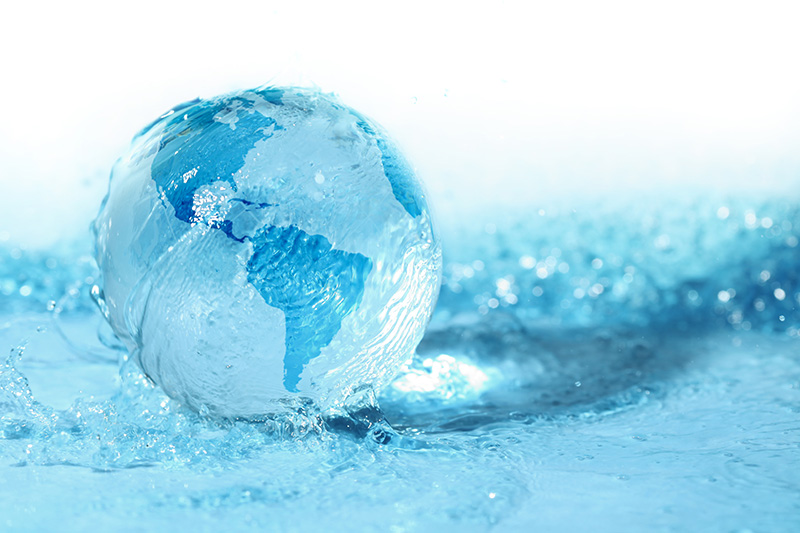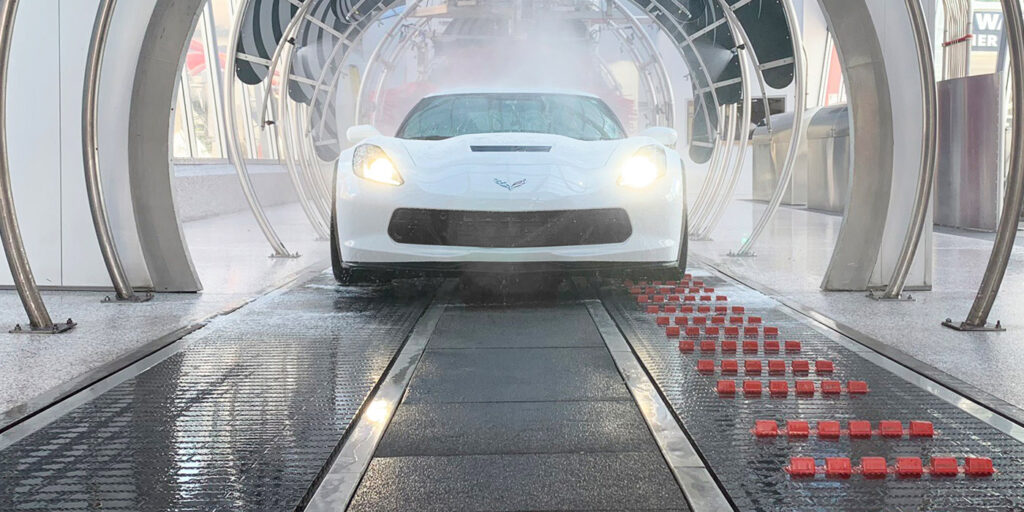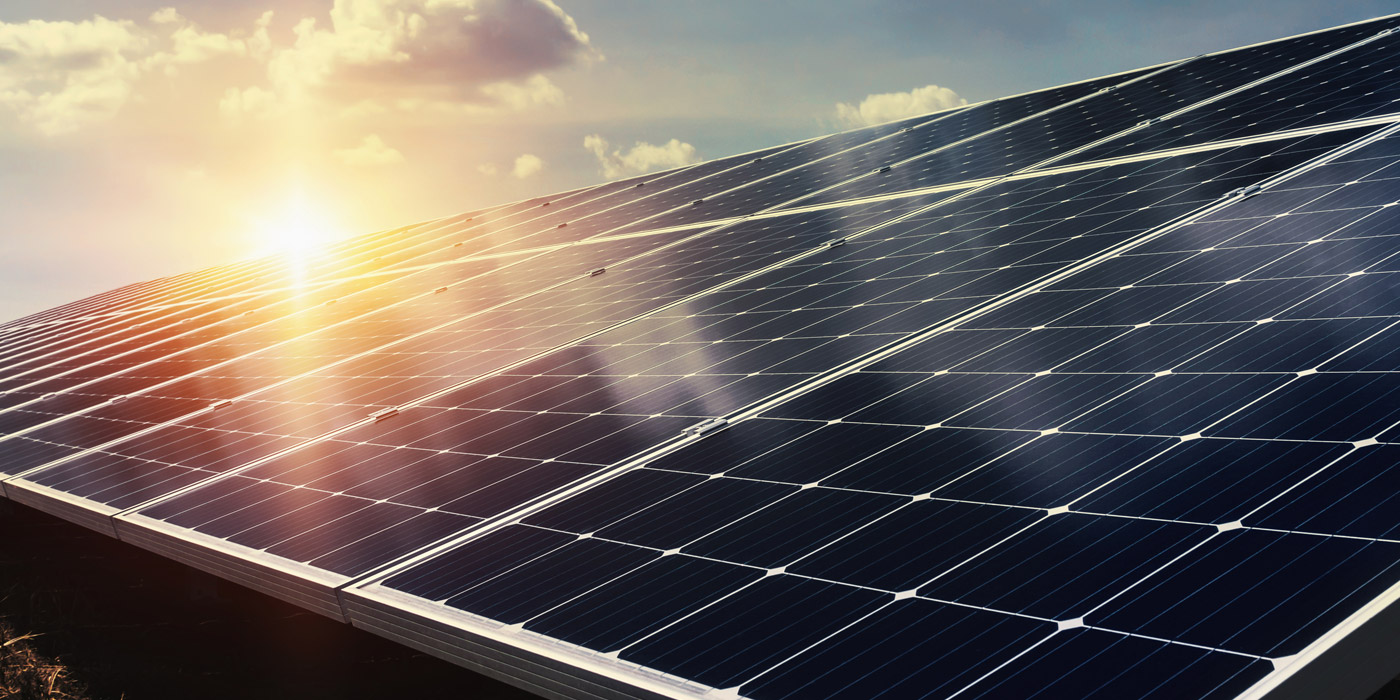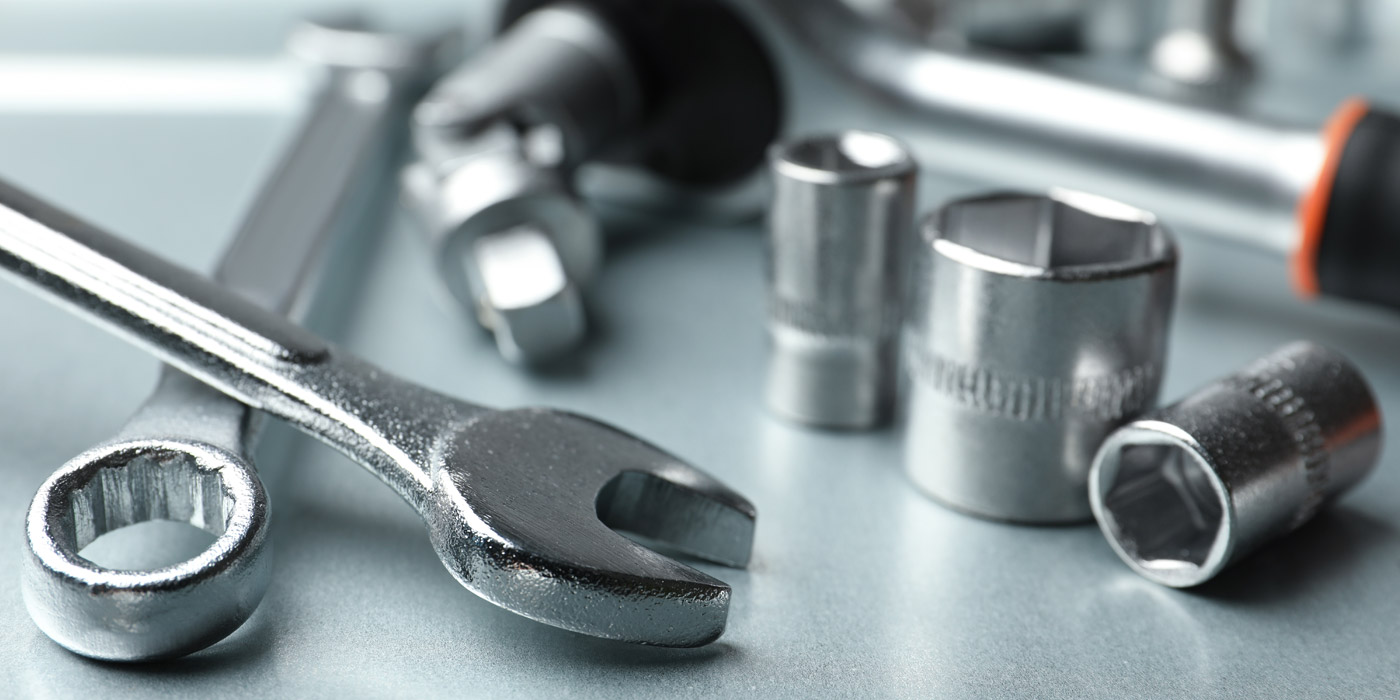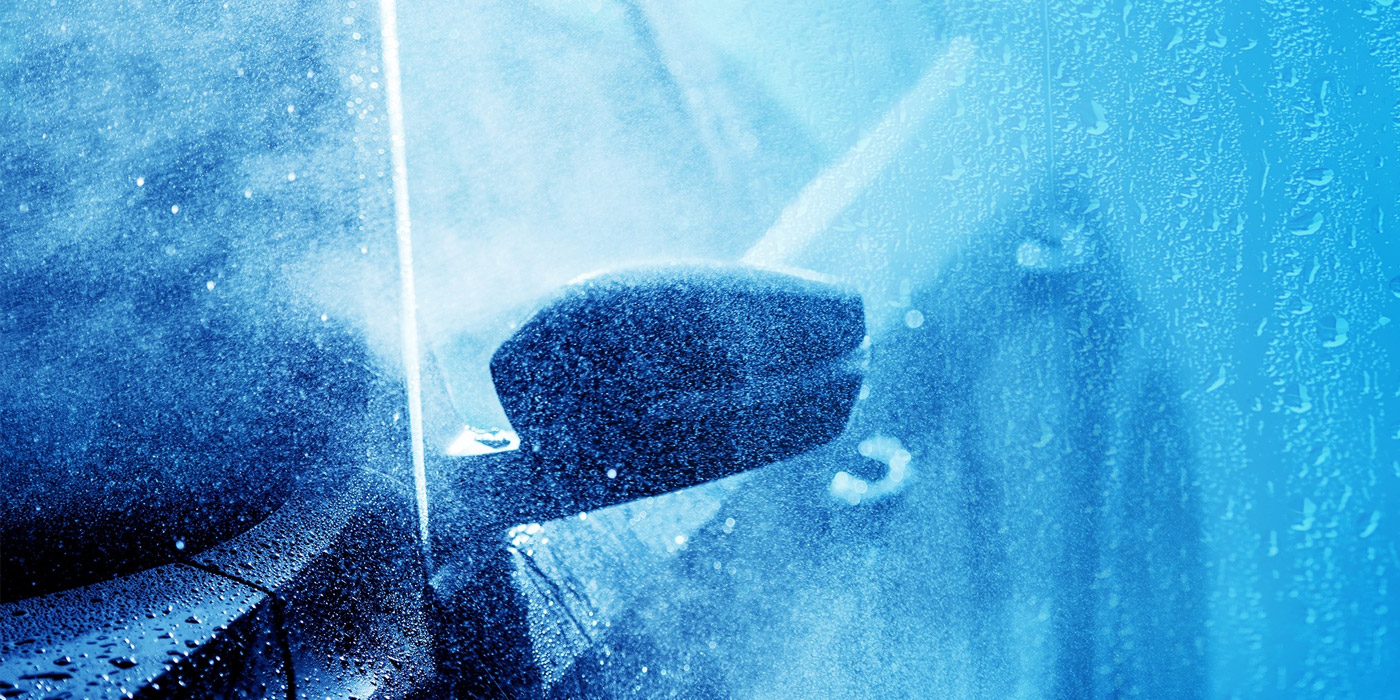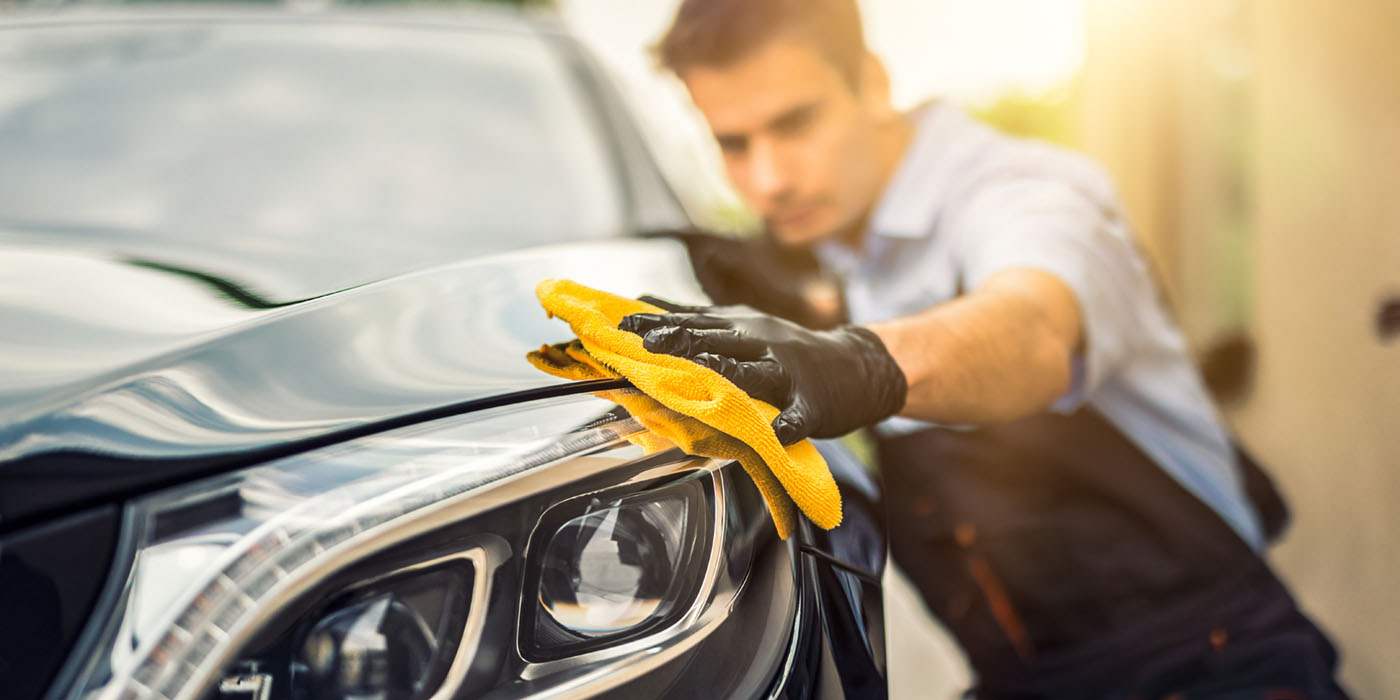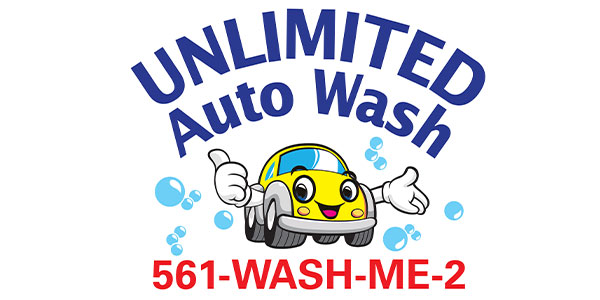For decades, “reduce, reuse, recycle” has been an important phrase for both businesses and individuals that want to ensure operational and/or personal efficiency. This three-step set of marching orders is meant to easily communicate the concept of mindful consumption. In the carwash industry, these ideas can be applied to various facets of a typical operation. From consumables packaging to utility resource use, savvy wash owners who keep “reduce, reuse, recycle” front-of-mind can count on developing operational advantages over the competition based on improved efficiencies and different types of savings.
One glaring example of conscious consumption that most operators are well aware of is water usage. Efficient use and proper discharge are integral water factors for the typical carwash business, and their importance cannot be overstated. There are a number of concerns a carwash owner must consider when it comes to water emissions, equipment, pricing and recycling. As many businesses have learned firsthand, water issues can prove to be costly public relations nightmares when handled incorrectly.
There is light at the end of the tunnel: Most carwashes today are set up to reuse the valuable resources of captured wash and rinse water. That said, equipment installation is only part of the equation. Wash owners must work with local municipalities to stay up-to-date on the costs, fees and rules associated with water consumption, recycling and discharge.
Why reuse?
Financial considerations are the number one reason most carwashes have now installed equipment designed to reuse water, according to John Gibney, vice president/general manager of Aqua Bio Technologies. Today, municipalities charge businesses for water in two ways. A wash operation must pay when it takes water and when it discharges water.
“If an operator can minimize or even eliminate those costs, the operator will see those savings in profits,” Gibney explains. “The more a wash can be self-sufficient from the municipality, the more protected it will be from rising water and sewer costs.”
As a result, Gibney states that water reclaim systems of all types have become commonplace in today’s carwash market. Many municipalities continue to raise water and sewer rates to pay for updates and repairs to aging infrastructure, and a number of carwashes are finding they can no longer operate on 100 percent fresh water. Unfortunately, these rising rates will only become more widespread, and water prices will continue to increase.
Mike Jorgensen, sales manager with Autowash Systems Inc., notes that saving water is also the right thing for carwashes to do when it comes to environmental responsibility. Even so, utilizing water-saving techniques has the added benefit of saving carwashes operating costs as well. In fact, operators who do not recycle water should view the water leaving their sites as lost profit dollars.
“With the rising costs of water and water access charge (WAC) and sewer access charge (SAC) fees, I hope operators look at both the savings to be had by building their sites equipped with these systems and the environmental impact of saving our resources,” Jorgensen says.
Climbing charges
These mounting water charges are one issue that should have the attention of every wash operator. Jorgensen states that more and more municipalities are charging operators for water usage on multiple levels. The previously mentioned access charges for both water access and sewer access are frequently added in during the construction process for new carwash builds.
According to Jorgensen, these charges are sometimes predetermined by the city, or they may be based on estimated usage and discharge. New investors should explore these fees as the reuse of a percentage of the wash’s water may help lessen these initial costs. Sometimes, the recycling of water can be designated to offset the costs of the water treatment system.
Once an operation opens, monthly usage is billed by metering the water on-site. Usually, this billing is based on a measure in units of water, Jorgensen notes. The provided water’s overall quality is an important factor an owner should take note of during operation — especially when water reclaim is part of the equation. A more refined water source is always going to recycle better and will extend the life of any water treatment equipment. Water with higher total dissolved solids (TDS) levels will become increasingly difficult to rinse as time passes.
Related: Infographic: Water contaminants of carwash concern
As for water emissions, Gibney states that both municipalities as well as the U.S. Environmental Protection Agency (EPA) are starting to monitor what is discharged at carwashes. If an operation is not properly treating the discharge water to attain a certain level of cleanliness, the business can expect to be charged hefty fines until a remedy is put in place. Further, with today’s technology and newer closed-loop systems, carwashes can actually achieve zero discharge.
Figuring ROI
For a carwash operator with an existing location, the first step to calculating a potential return on investment (ROI) for water reclaim starts with the applicable local water costs. Gibney notes that the first thing an operator will need to find out is what the water and sewer costs are per measurable “unit” in the area. Cities often measure a unit as either 750 gallons or 1,000 gallons, and this will be shown on the site’s water and sewer bill. Once an operator knows the unit, he or she can calculate the business’ annual water and sewer costs.
“A water reclaim system will save you 45 percent of that cost, while a water restoration system will save you 85 percent of that cost,” Gibney reveals. Thus, to make the final calculation, an operator would take the annual water savings and add that to the annual sewer savings to calculate the annual total.
Next, an owner should divide the capital cost of the water reclaim equipment and installation by the total annual savings. This calculation will give the equipment’s payback total in years, Gibney states. After the payback in years of the capital cost, the total annual savings will drop to the wash’s bottom line as pure profit.
Jorgensen explains that an operator must calculate the cost per gallon of fresh water and then figure out how much fresh water can be saved utilizing any given reclaim system. Also, a business should take into consideration the WAC and SAC on any new construction. Typically, these water systems will pay for themselves over time.
Essential practices
Upkeep recommendations that Gibney offers are the regular steps needed for an aeration water restoration system. With an aeration-based system, on a weekly basis, employees or managers should check the strainer filter before it goes to the cyclones. Next, an annual air filter change for the aeration blower is required. Another consideration with an aeration-based water restoration system is the necessary bio nutrients. On a quarterly basis, bio nutrient should be added to the bio tank.
Gibney notes that water reclaim systems have become more automated when it comes to both monitoring the TDS and pH levels of the recycled water and making the adjustments needed to correct. Due to this recent automation, vehicle wash operators need only attend to simple quarterly and annual maintenance.
Output has also improved as chemical companies have increased their understanding and added more importance to chemical biodegradability and compatibility, Gibney states. As a result, reclaim systems are producing cleaner and clearer processed water.
“For the wash operator/owner, this all means an easy-to-use, automated and hassle-free system that produces a better wash quality for the operator’s customers,” Gibney says.
Regularly monitoring the water reclaim system is vital, according to Jorgensen. An operator should monitor TDS numbers regularly, and if levels get too high for an application, pumping the tanks will be required. Most systems also have some level of filtration that must be cleaned out or replaced periodically.
Involving these TDS levels, Jorgensen recalls one discharge issue with a carwash site that was required to use a closed-loop reclaim system. This carwash site did not have city water or sewer access available. While this may not seem like a huge issue for many operators, imagine if every customer vehicle came in covered in some fashion by salt. In many cold-weather locations, salt is used to deal with ice and snow on the roads. Water reclaim systems do not remove sodium from the collected water, so the result was increasing TDS levels with every wash. This site in particular had to have the reclaim tanks pumped a few times weekly to minimize wash quality issues.
Another important factor operators should not overlook is reverse osmosis reject water. Jorgensen explains that the reject water from these systems can and should be captured for use in another area of the wash. These capturing systems are easy to install, and they often provide a great ROI, given their simplicity.
“Keeping water moving is also a key component in a reclaim system,” Jorgensen concludes. “Most modern systems are equipped to handle this now. Stagnant water will cause odor issues, and for a long time, this shed a negative light on traditional reclaim water.”
Mark Martin is a freelance contributor.

